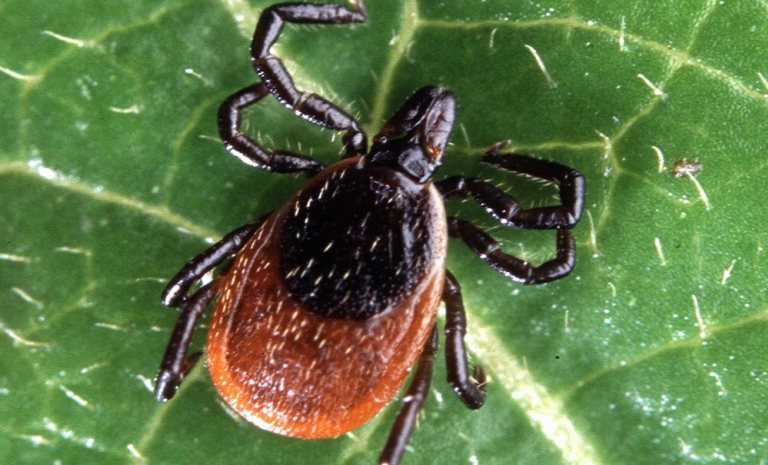What States Have the Most Ticks
Earlier this week I was asked “What states have the most ticks?”. On the surface it seems like a simple question, except that its probably vary hard to count ticks. There are many studies and models of how ticks will spread but almost no actual counts of ticks per US State, and no maps of tick populations . So I started looking at the reports of tick borne diseases.
Using the search term “us state with the highest tick population” provided the following resources:
- Cases of Lyme disease CDC
- Most reports to ticks on pets petMD.com
- Total cases of tick borne diseases on humans USNews
Based on the info above I would say Pennsylvania has the most ticks. The rational is based on:
- The CDC reports PA had 8,988 probable cases of Lyme in 2016, which was much higher then any other state
- The ratio for tick borne disease per 100,00 people in PA is also very high, 70.3
USnews reports that a PA had 73,610 total cases of tick borne diseases on humans in from 2004 -2016 (this is also based on CDC data)
Tick Population Study
While researching this I came across a study on predicting tick populations and the diseases they carry, based on ecology. The researchers studied tick and animal populations on 6 plots of land in rural New York state. Their goal was to determine what environmental factors impact the local tick population
Researchers looked at the complete food chain from acorns to mice, chipmunks, raccoons, opossums, fox, bobcats and coyotes. During the 19 year study they regularly trapped small mammals such as mice and chipmunks, along with using cameras to record predator activity. They also monitored the tick population using drag nets and collected ticks from the captured mammals. After 19 years the researchers captured and examined over 78,000 animals, mostly mice and chipmunks, along with over 150,000 ticks.
Tick Relationships
The researchers discovered relationships between almost all the animal populations and ticks. One surprise was the missing correlation between the deer population and ticks. Since deer are part of the black legged ticks life cycle conventional wisdom holds the tick population would rise and fall in relation to the deer population. However the researchers found only a weak relationship between the deer and tick population. However another host in the ticks life cycle was found to impact tick population, rodents.
During the study mice and chipmunk density was found to have a strong impact on the local tick population. Even more interesting was the coloration between the predators of mice and chipmunks to the tick population. Areas with a healthy ecosystem that included predators of mice and chipmunks such as bobcats and fox were found to have a lower tick population.
The mouse predator to tick correlation did not extend to invasive species such as coyotes. Researchers believe that mice compose only part of a coyotes diet whereas bobcat and fox are highly dependent on mice as a food source. Under this theory once coyotes displace bobcats and fox the rodent population would increase.
So how does this relate back to the original question “What states have the most ticks?” Based on this study, states with ecosystems lacking predators of rodents will have a higher tick population. This is yet another reason to practice tickscaping and reduce the rodent population around your home.
You might also be interested in How to Get Rid of Ticks Naturally? or Natural Tick Repellent for Dogs


